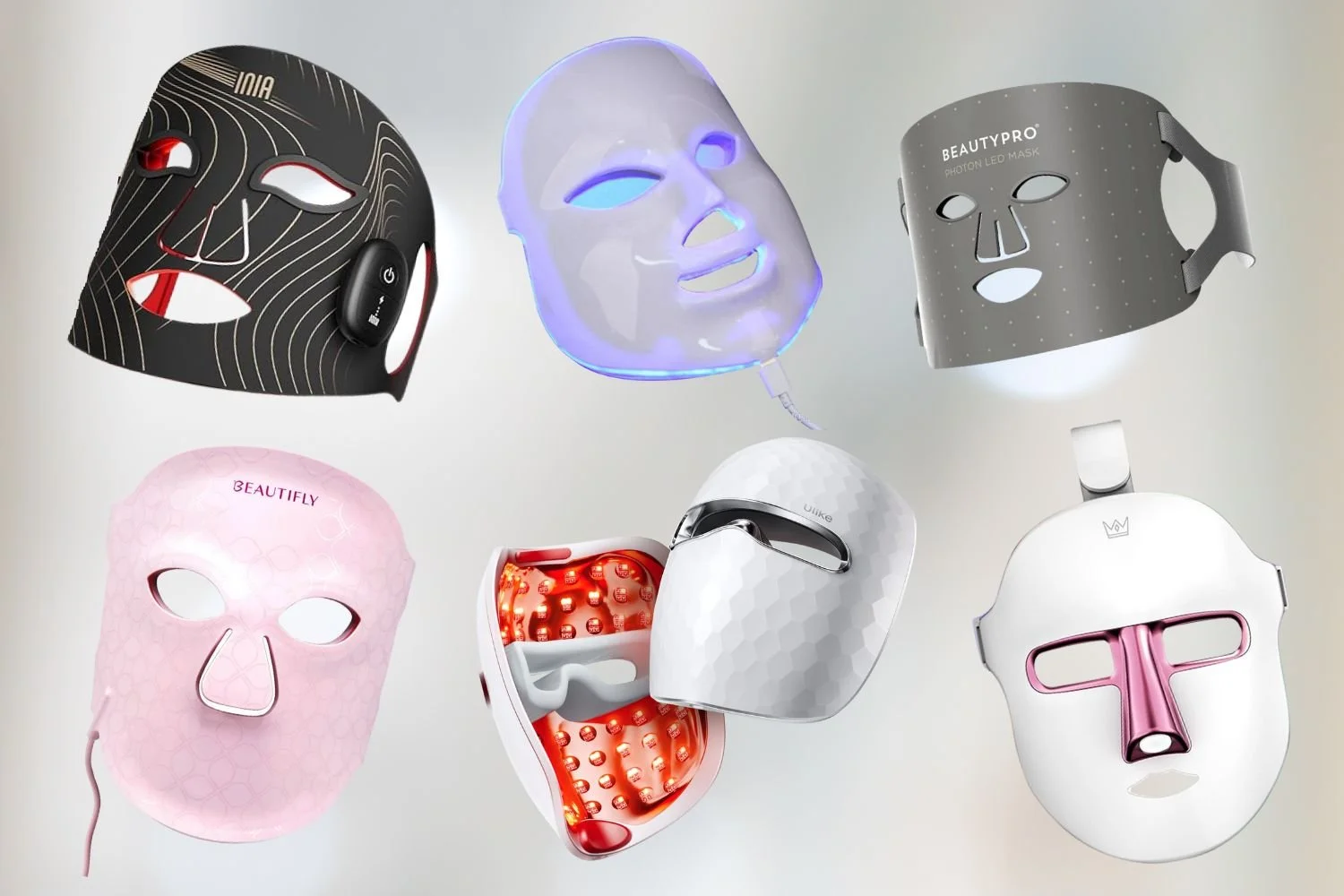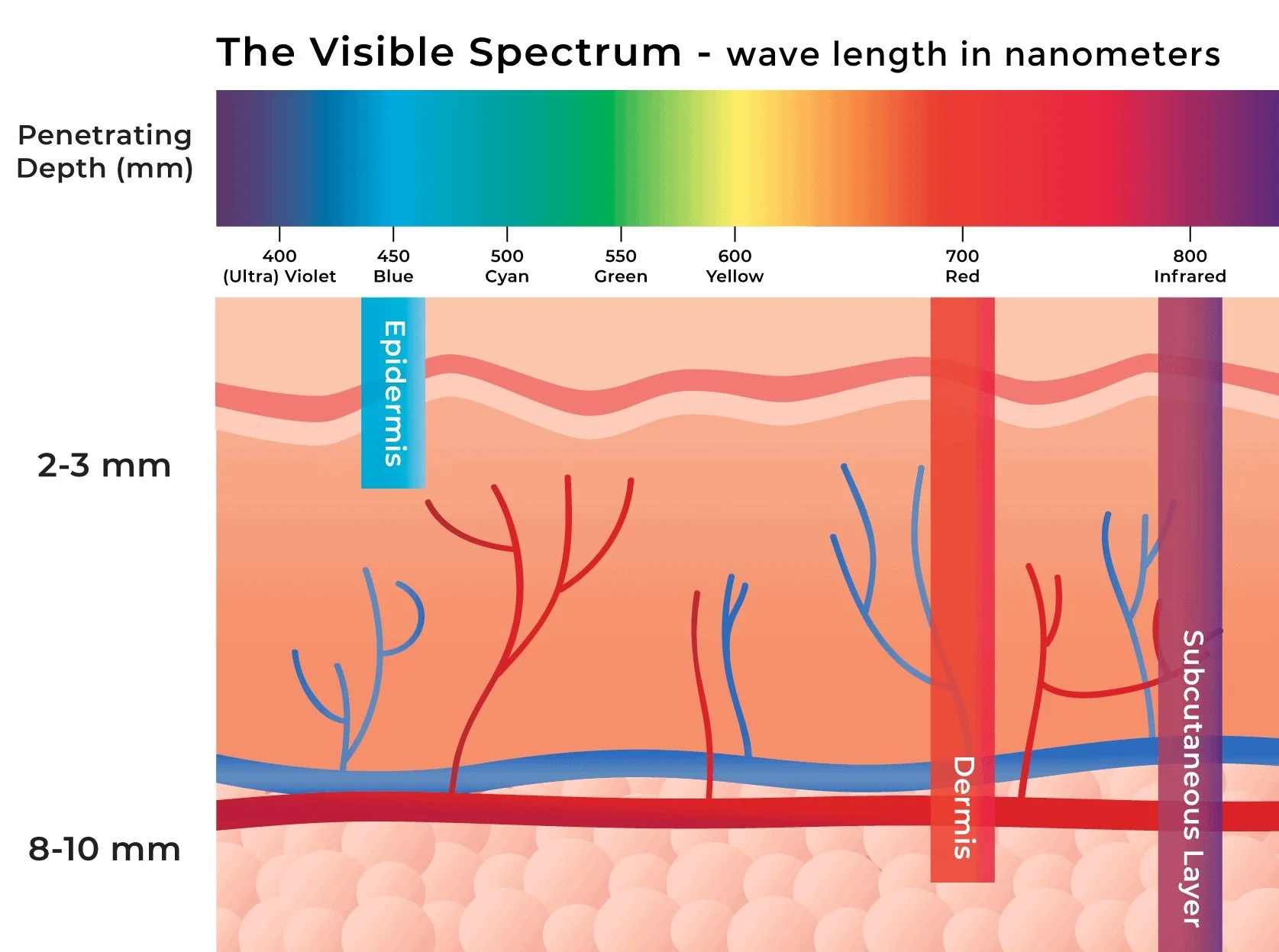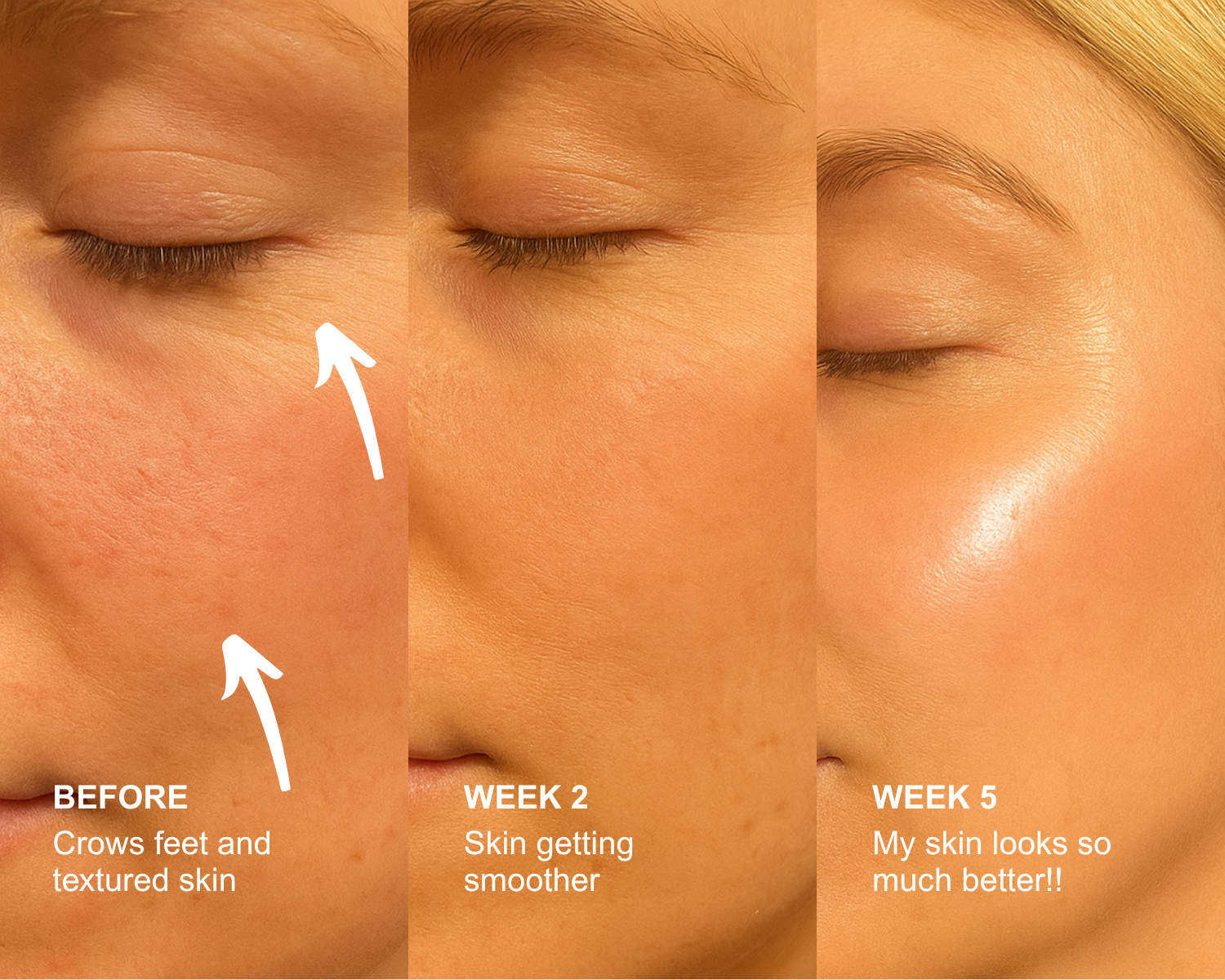Does Red Light Therapy Work? Yes—But Not All. Don’t Fall for These Knockoffs.
Let’s get one thing out of the way: red light therapy does work. It’s not just another skincare fad or social media trend. It’s backed by science, loved by dermatologists, and has been quietly used by professionals for years—from estheticians and facialists to pro athletes and recovery experts.
But here’s the problem.
Not all red light therapy devices are created equal. In fact, many of the popular options flooding your feed may be doing little more than lighting up your face for 20 minutes a day—without delivering any real results.
So what makes the difference between an effective device and a gimmick? Let’s break it down.
What Is Red Light Therapy, Really?
Red light therapy (RLT), also called low-level light therapy (LLLT), uses specific wavelengths of red and near-infrared light to penetrate the skin. These wavelengths—typically between 630 to 850 nanometers—stimulate cellular energy (ATP) production, reduce inflammation, and accelerate tissue repair.
What this means for your skin:
Brighter, more even tone
Reduced inflammation and puffiness
Faster healing of acne and blemishes
Fine lines and wrinkles softened over time
Better skin texture and firmness
Sounds magical, right? But it’s just biology. When red and near-infrared light hits the mitochondria (your cells’ powerhouses), it stimulates repair and regeneration. The key is getting the right dose at the right depth.
The Knockoff Problem: Why Many LED Masks Don’t Work
Unfortunately, the skincare market is now oversaturated with LED face masks, handheld wands, and random light-up gadgets. And a lot of them look the part—but fall flat in terms of performance.
Here are three reasons why most knockoff RLT devices don’t live up to their promises:
1. Wrong Wavelengths
Many budget devices use LEDs that don’t emit light at the ideal therapeutic range (633nm for red light and 830–850nm for near-infrared). If your device is emitting the wrong wavelength, your skin cells won’t be stimulated properly—and you won’t see results.
2. Weak Light Output
Even with the right wavelength, your device also needs enough power density (measured in mW/cm²) to penetrate the skin deeply. If the output is too weak, it’s basically like holding a dim flashlight to your cheek.
3. Inconsistent Coverage
A lot of LED masks and wands don’t offer uniform light distribution. This means some areas of your face get treated, while others don’t. You’ll notice this in patchy results, or none at all.
How to Spot an Effective Red Light Therapy Device
Here’s a quick checklist of what to look for in a red light therapy device:
✅ Medical-grade LED bulbs
✅ Specific wavelengths (633nm red and 830–850nm near-infrared)
✅ Proven power density (over 30 mW/cm² for facial treatment)
✅ Full-face coverage with uniform light distribution
✅ Safety certifications (FDA-cleared or dermatologist-tested)
And ideally, your device should be comfortable, hands-free, and made of skin-safe materials. A good RLT session should feel like a relaxing part of your skincare ritual—not like wearing a bulky piece of plastic.
One Device We’ve Actually Tried (and Loved)
After testing out a range of LED masks over the past year—from high-end spa tools to sketchy TikTok finds—one device truly stood out for its design, effectiveness, and feel:
The Glotech™ Pro.
Now to be clear—we’re not here to push a product. This is not a sponsored post. We simply think Glotech Pro deserves a spot on your radar if you’re serious about seeing actual results from red light therapy.
Why We Like It:
It uses clinical-grade red and near-infrared light at 633nm and 850nm—both of which are proven wavelengths in skin rejuvenation studies.
The output is strong enough to actually penetrate your skin’s deeper layers (which most budget masks can't do).
It covers your entire face AND décolleté (yes, your neck and chest deserve love too).
It’s made of lightweight medical-grade silicone, so it actually hugs your face comfortably instead of feeling like a helmet.
Sessions only take 10 minutes a day, and it’s totally hands-free.
The results? Noticeably calmer, brighter, tighter skin in under a month—with fewer breakouts and less texture.
How to Incorporate Red Light into Your Routine
If you’re just getting started, here’s a quick routine we recommend:
Cleanse your face (no makeup, no SPF, no serums).
Apply a light-activated serum if your device recommends it (some ingredients like Vitamin C and copper peptides pair well).
Put on your red light device for 10–20 minutes daily.
Follow up with your regular serums and moisturizer.
Pro tip: Consistency matters. Like exercise or a good diet, you won’t see results overnight—but give it 3–4 weeks of daily use and your skin will thank you.
Final Thoughts: Invest Smartly
Red light therapy is one of the few skincare trends that’s actually worth the hype—but only if you’re using the right device.
Don’t fall for the $50 masks with flashy packaging and no scientific backing. You’ll end up frustrated, or worse, convinced that RLT doesn’t work—when in reality, it just wasn’t working for you.
If you’re ready to invest in your skin, do your research and go for a proven device that delivers on its claims. The Glotech™ Pro is one we’ve personally tried and would recommend to anyone serious about skin health.




